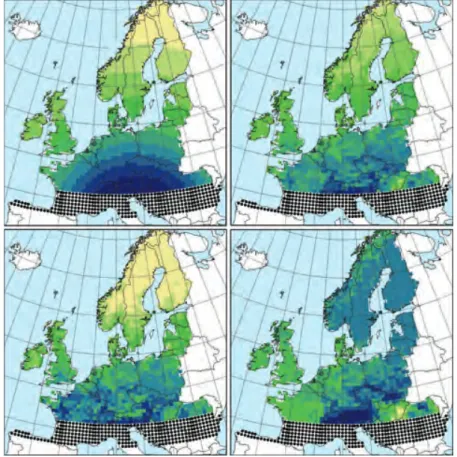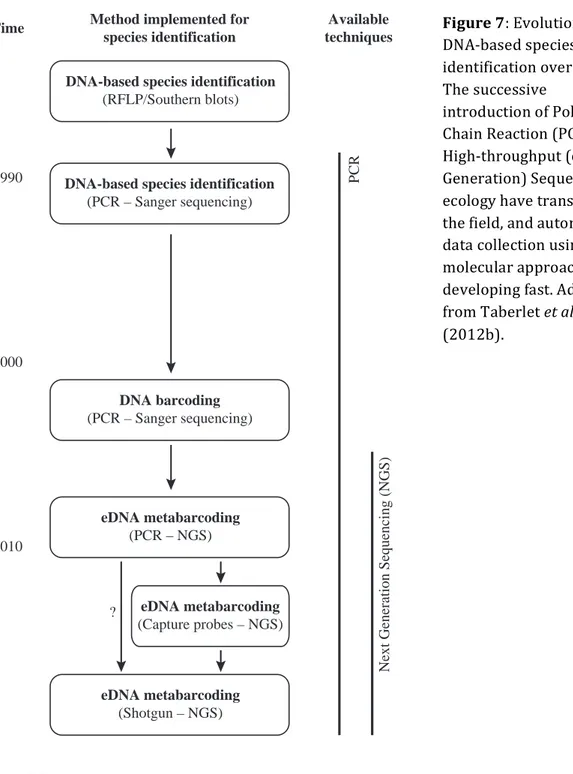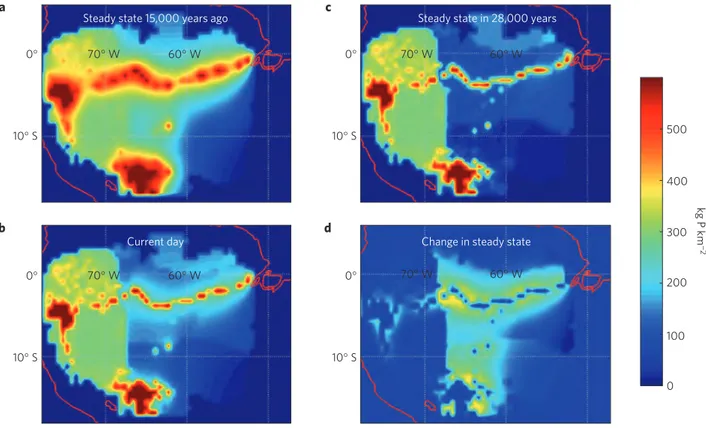From models to data: understanding biodiversity patterns from environmental DNA data
Texte intégral
Figure




Documents relatifs
and their related diversity metrics to the data curation strategy, we used the variance of each diversity 283. estimate, obtained across the 256 community matrices and for
Core S&T results: Some of the main components that the project delivered for the management of semantic annotations of environmental models include: Resource
We show that by using the ontology structure to tune the (ontologically related) similarity score between node pairs a i and a j , we can control the annotation signature to
Conclusion Although few Canadian family medicine residency programs reported an established ultrasound curriculum, most program directors believe that POCUS training should be
Using a role-playing game as an interface for this dialogue, we have progressively built a model to integrate both the knowledge of the local actors regarding their practices and





